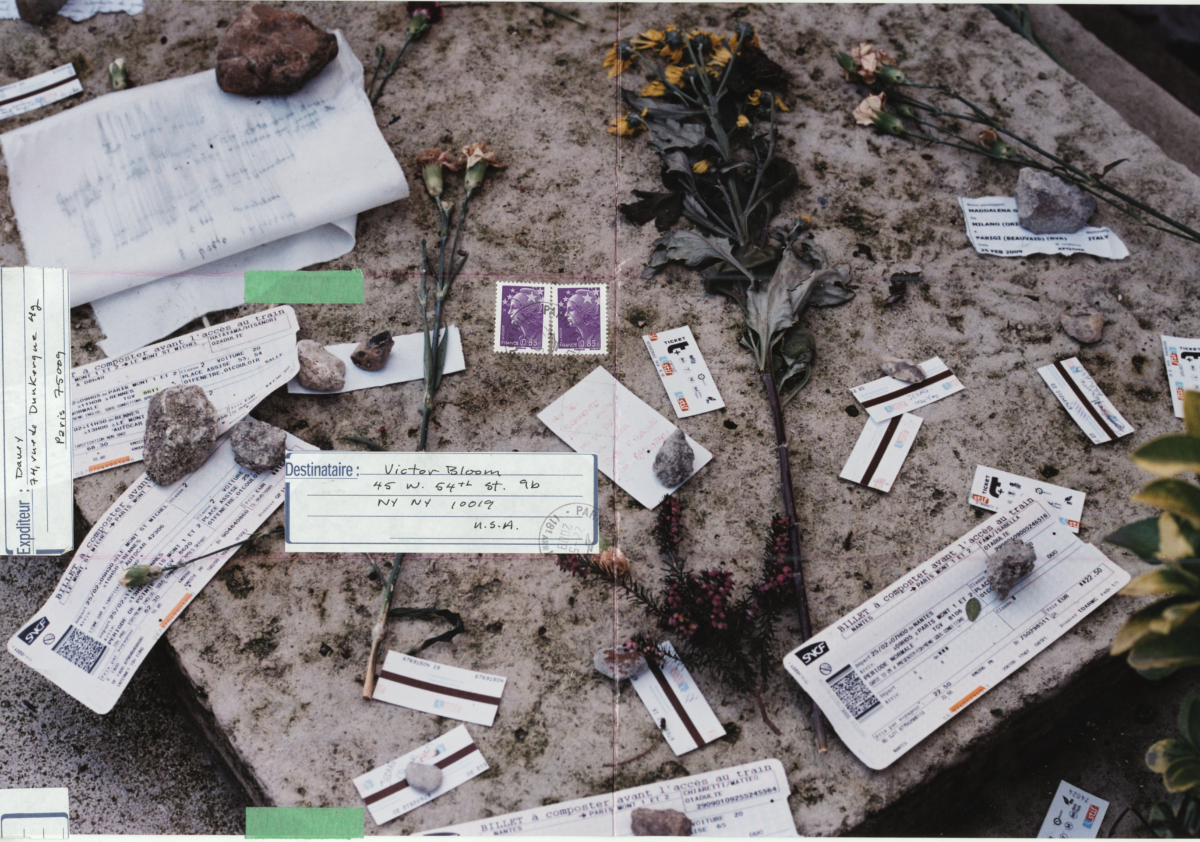
“The more ‘honestly’ you put yourself into the story, the more that story will concern others as well.”
You have reached your article limit
Sign up for a digital subscription and continue reading all new issues, plus our entire archives, for just $1.50/month.
Already a subscriber? Sign in




